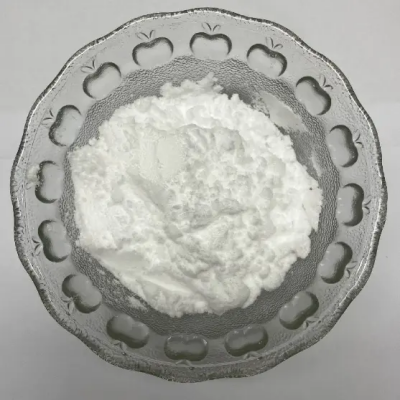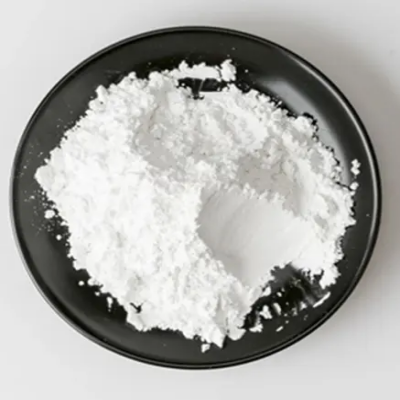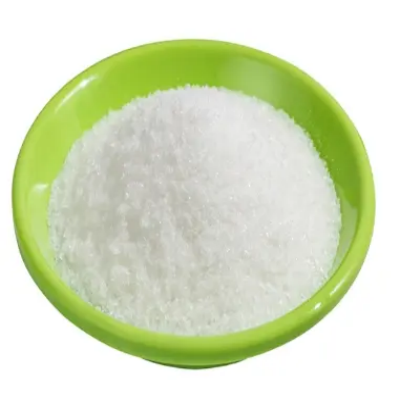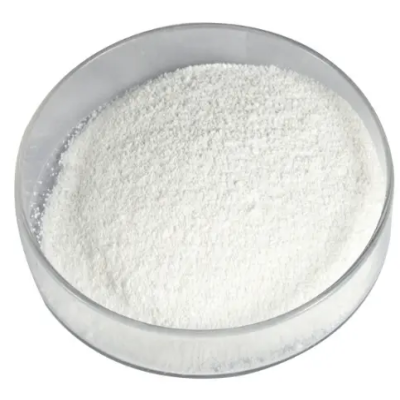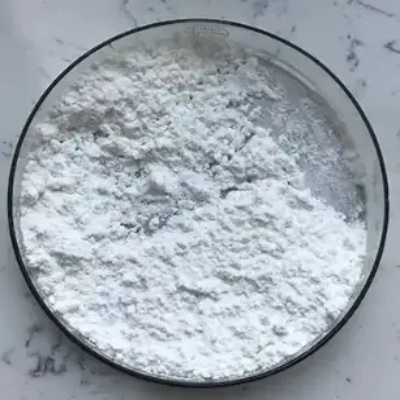2,3,4,6-Tetrakis-O-trimethylsilyl-D-gluconolactone CAS:32384-65-9
The synthesis of 2,3,4,6-tetrakis-O-trimethylsilyl-D-gluconolactone typically involves the initial formation of D-gluconolactone, followed by a series of TMS protection steps. These steps involve the reaction of gluconolactone with excess trimethylsilyl chloride (TMSCl) in the presence of a strong base such as pyridine or imidazole. The base deprotonates the hydroxyl groups, making them more susceptible to nucleophilic substitution with the TMS group. After each protection step, the reaction mixture is carefully worked up to remove any byproducts and ensure the complete transformation of the hydroxyl groups. This tetra-TMS-protected gluconolactone serves as a versatile intermediate in organic synthesis, particularly in the preparation of carbohydrate-based compounds. The presence of the TMS groups not only protects the hydroxyl groups but also imparts lipophilicity to the molecule, which can be advantageous for certain reactions. For example, it can be used in the synthesis of silylated sugars, which are important intermediates in the synthesis of complex oligosaccharides and glycoconjugates. Additionally, the TMS groups can be removed under controlled conditions to reveal the free hydroxyl groups, allowing for further functionalization or coupling reactions. In summary, 2,3,4,6-tetrakis-O-trimethylsilyl-D-gluconolactone is a key intermediate in the synthesis of carbohydrate-based compounds, offering a high degree of functionalization and flexibility in organic synthesis. Its protective strategy allows for selective transformations and the synthesis of a wide range of carbohydrate derivatives.



| Composition | C18H42O6Si4 |
| Assay | 99% |
| Appearance | white powder |
| CAS No. | 32384-65-9 |
| Packing | Small and bulk |
| Shelf Life | 2 years |
| Storage | Store in cool and dry area |
| Certification | ISO. |


